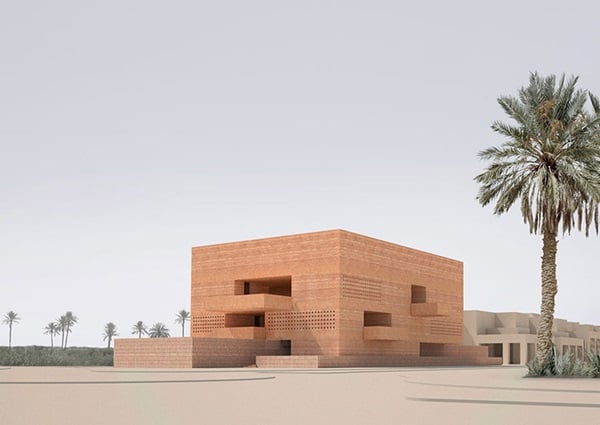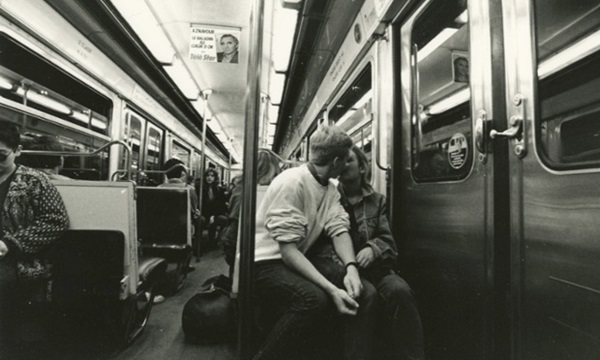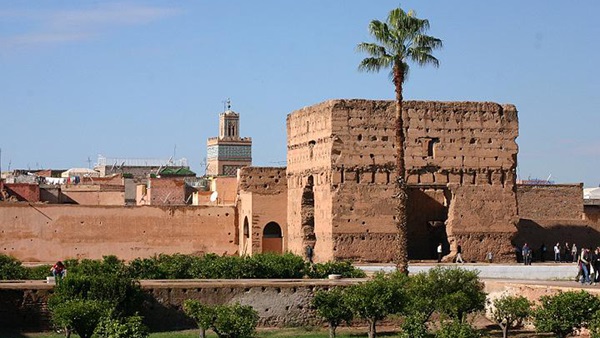Art World
Morocco Culture Clashes in Run-up to New Photography Museum



Rendering of Marrakech Museum for Photography and Visual Arts (MMPVA), designed by David Chipperfield Architects. photo courtesy MMPVA.
One of the world’s largest institutions devoted exclusively to photography will soon open in Marrakech, Morocco. The 65,000-square-foot building, set to debut in 2016, was designed by David Chipperfield Architects. The London-based firm is the third busiest museum builder in the world— just behind Tadao Ando and Renzo Piano—with 11 museums under his belt, according to a report published by the Fondazione di Venezia, and posted on the architect’s web site. The new museum will house an extensive collection of photographs from the 19th century through the present.
The project was conceived by financier and philanthropist Karen Ruimy, who has close ties to the country. The museum’s managing director, David Knaus, an American collector and art entrepreneur from Palm Springs, plans to include high-profile, international artists in the exhibition program, but maintain a special focus on Moroccan and North African photographers. ‘‘There is a huge amount of photography talent in this part of the world which isn’t known about, and that’s what we want to highlight.” he recently stated in The New Africa.
Despite the emphasis on local photographers, the nature of the medium itself appears likely to spark culture clashes among Moroccans who are wary of any hint of controversial subject matter and are especially opposed to the idea of having themselves or their environs photographed.

Lewis Morley, Untitled photograph showing couple on the Paris Metro, early 1960s.
The warning signs of such a culture clash have already appeared at the MMPVA. While the new museum is under construction, the MMPV is hosting a series of exhibitions at El Badi Palace, a 16th-century, recently restored structure in Marrakech that is widely regarded as a masterpiece of Islamic architecture. As reported in the Guardian, and elsewhere, the current exhibition of selections from the permanent collection is causing an unexpected stir. The controversy centers on a work by Lewis Morley—the veteran British-Chinese fashion photographer, who died at age 88 and was the subject of a solo show at the museum, “Fame, Fashion and Celebrity,” last year, featuring 100 of his photographs from the 1960s.
The picture in the current exhibition causing a great deal of consternation among the locals is a photo of a couple kissing on a Paris metro. “It gets the most interest by far,” says Mostafa Aghrib, cultural director of the MMPVA. “School children gather round it, and many adults, too. Then the questions begin: ‘Why is this picture important?’ ‘Why is it on the wall of a gallery?’ ‘How can a photograph of a couple kissing be art?’ It’s not the subject matter that intrigues or offends them. It’s just that they don’t get it. In a way, this is where we are starting from.”
A serious ruckus in the gallery took place one day when a local woman began berating her sister for allowing herself to be photographed, after she encountered her sister’s portrait hanging on the wall. The act of photographing women in Morocco is extremely controversial, as it is in most countries with predominately Muslim populations. The Guardian report mentions the photographers Jim Goldberg and Susan Meiselas, who ran into problems recently as they tried to assemble a body of work on the city’s streets. They noted the locals’s aversion to being photographed. One man reprimanded Goldberg for taking a picture of his horse, shouting: “No! Stop! My horse does not want to be photographed.”

El Badi Palace, temporary home of the at the Marrakech Museum for Photography and Visual Art. photo BBC news